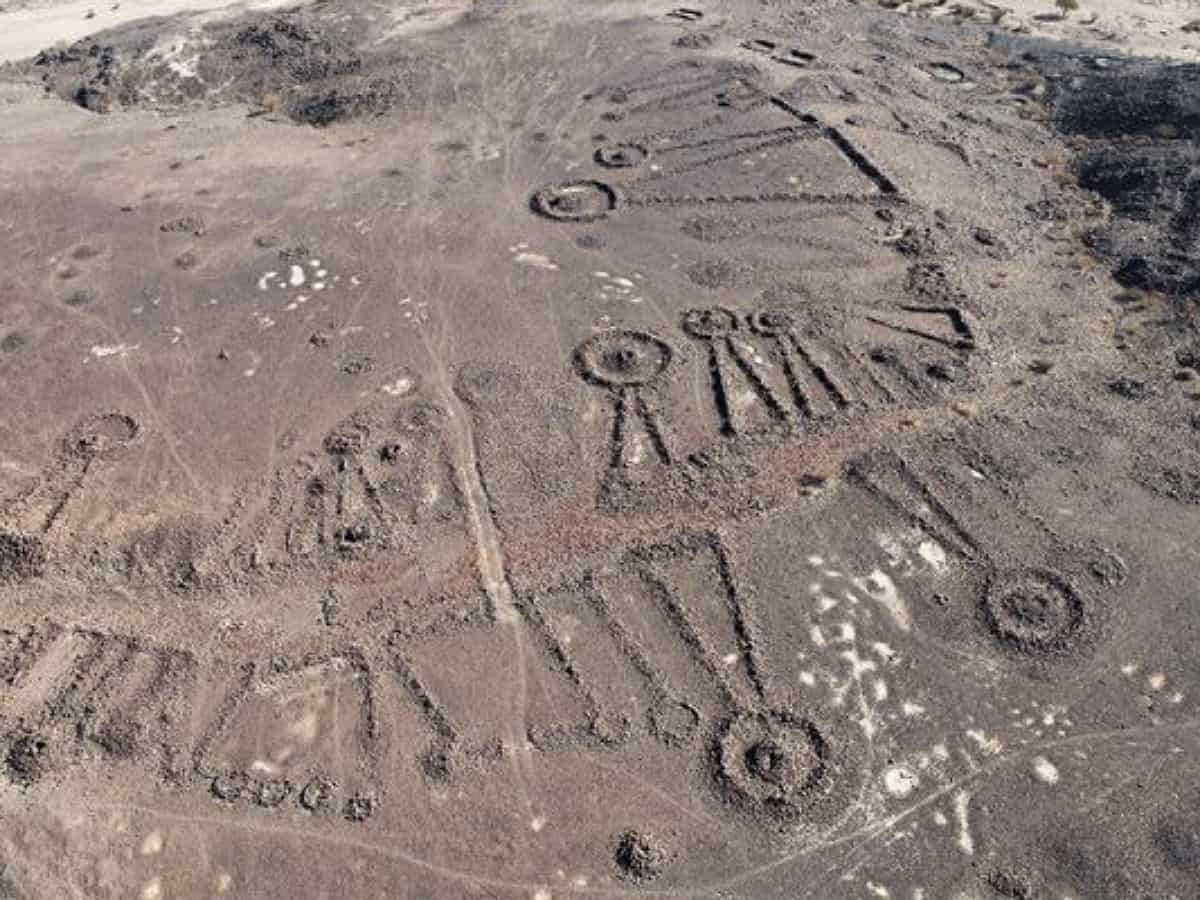
Riyadh: Archaeologists in the Kingdom of Saudi Arabia (KSA) have discovered a 4,500-year-old highway network of “funerary avenues” suggesting a high degree of social and economic connection between the region’s populations in the third millennium BCE.
A study published in the journal The Holocene determined that the people who lived in ancient north-west Arabia built the major pathways between oases and pastures, and surrounded them with thousands of burial monuments
The team of archaeologists from the University of Western Australia (UWA) used satellite imagery analysis, aerial photography, ground survey and excavation to locate and analyze funerary avenues over an area of at least 160,000 square km in north-west Arabia.
UWA’s team recorded more than 17,800 ‘pendant’ tombs in their primary study areas of AlUla and Khaybar counties, of which around 11,000 formed part of funerary avenues.
The discovery is part of a 15-year project, known as ‘The Journey Through Time’ to regenerate AlUla and Khybar with the aim of making them global centres of cultural and natural heritage.
“Our findings demonstrate that these structures linked various populated oases, situated across a vast area and that the funerary avenues were established around 4,500 years ago. They are especially dense around Khaybar, which is one of the densest visible funerary landscapes anywhere in the world,” The National News quoted project director Dr Hugh Thomas as saying.



